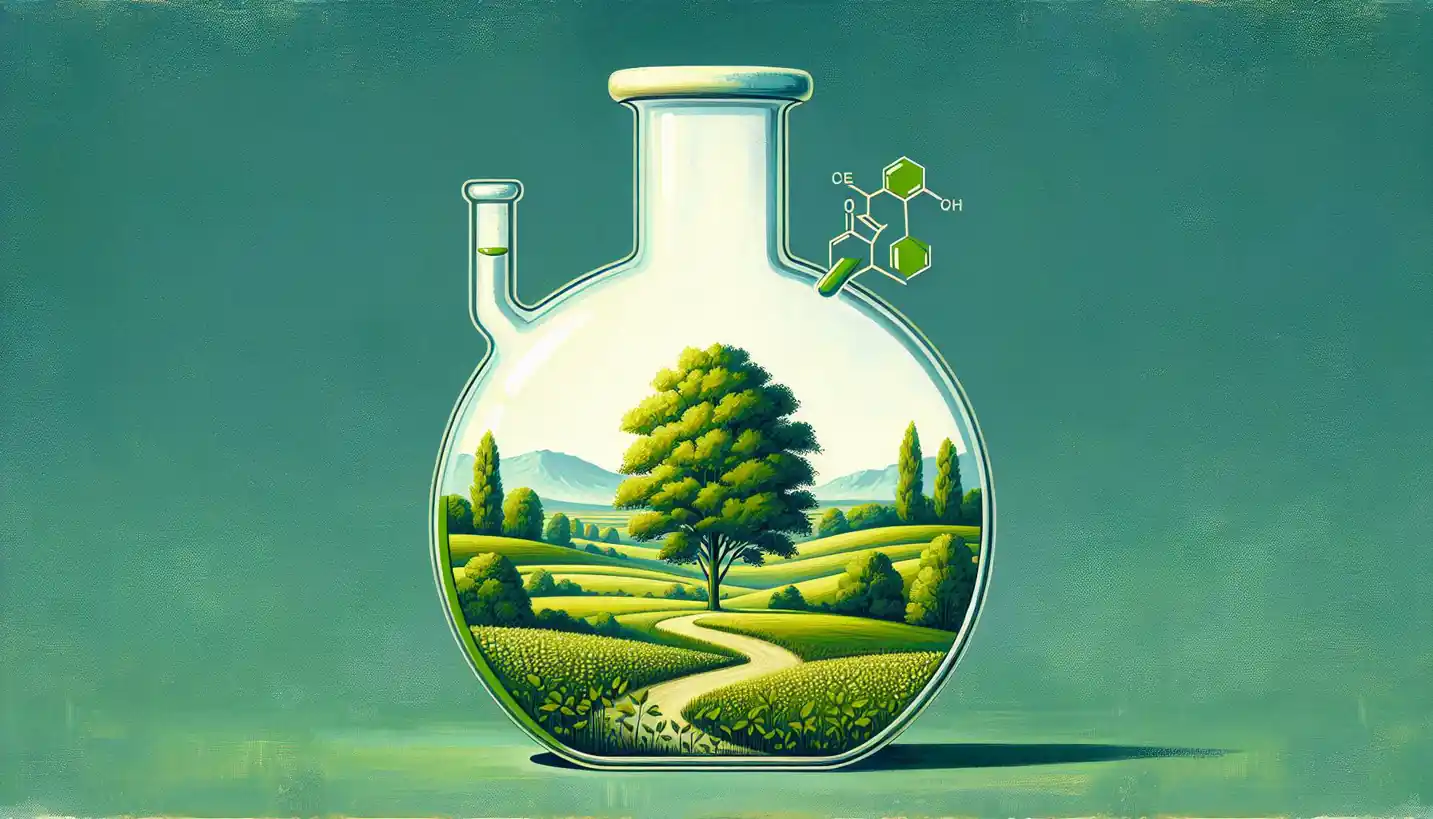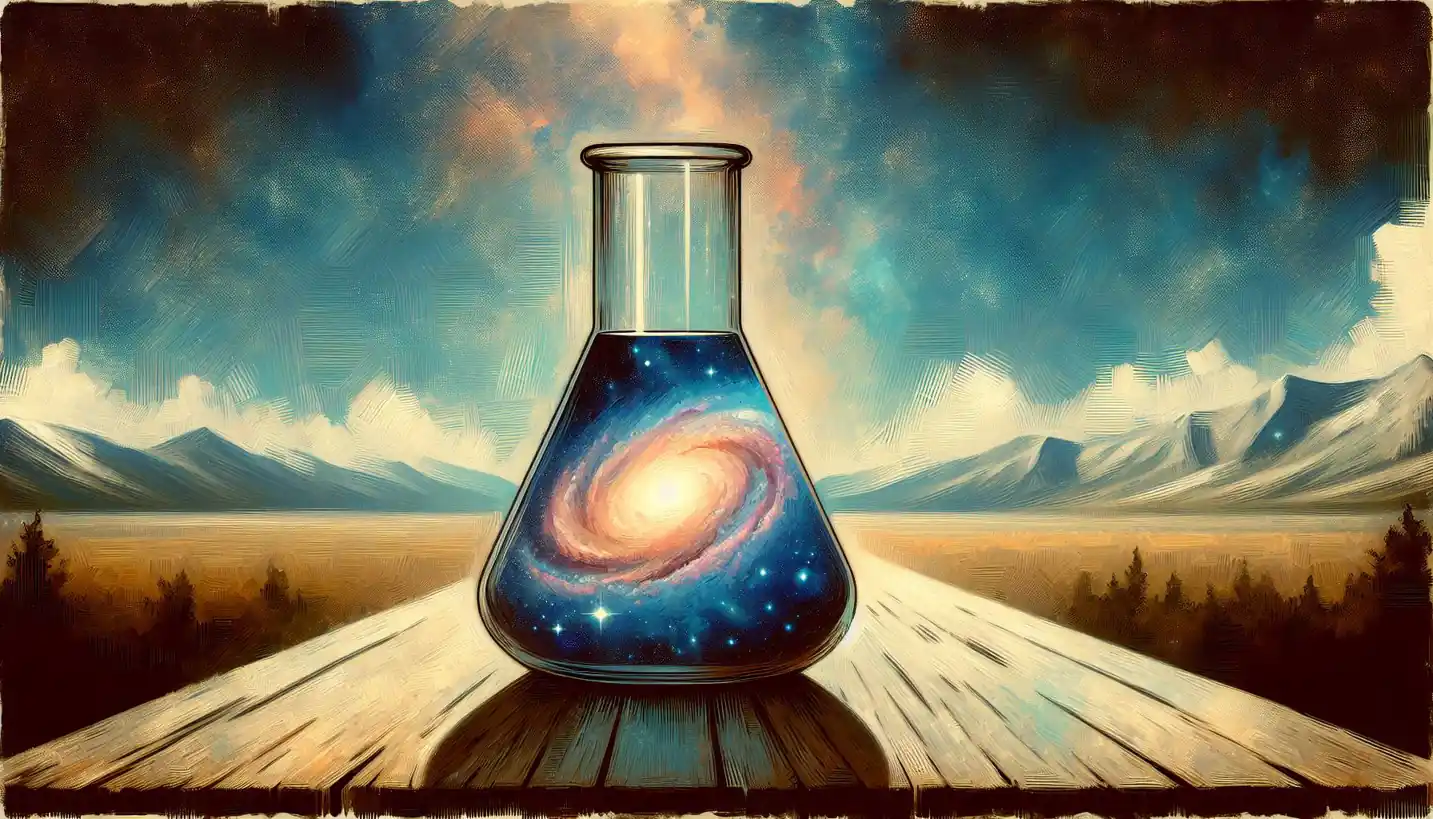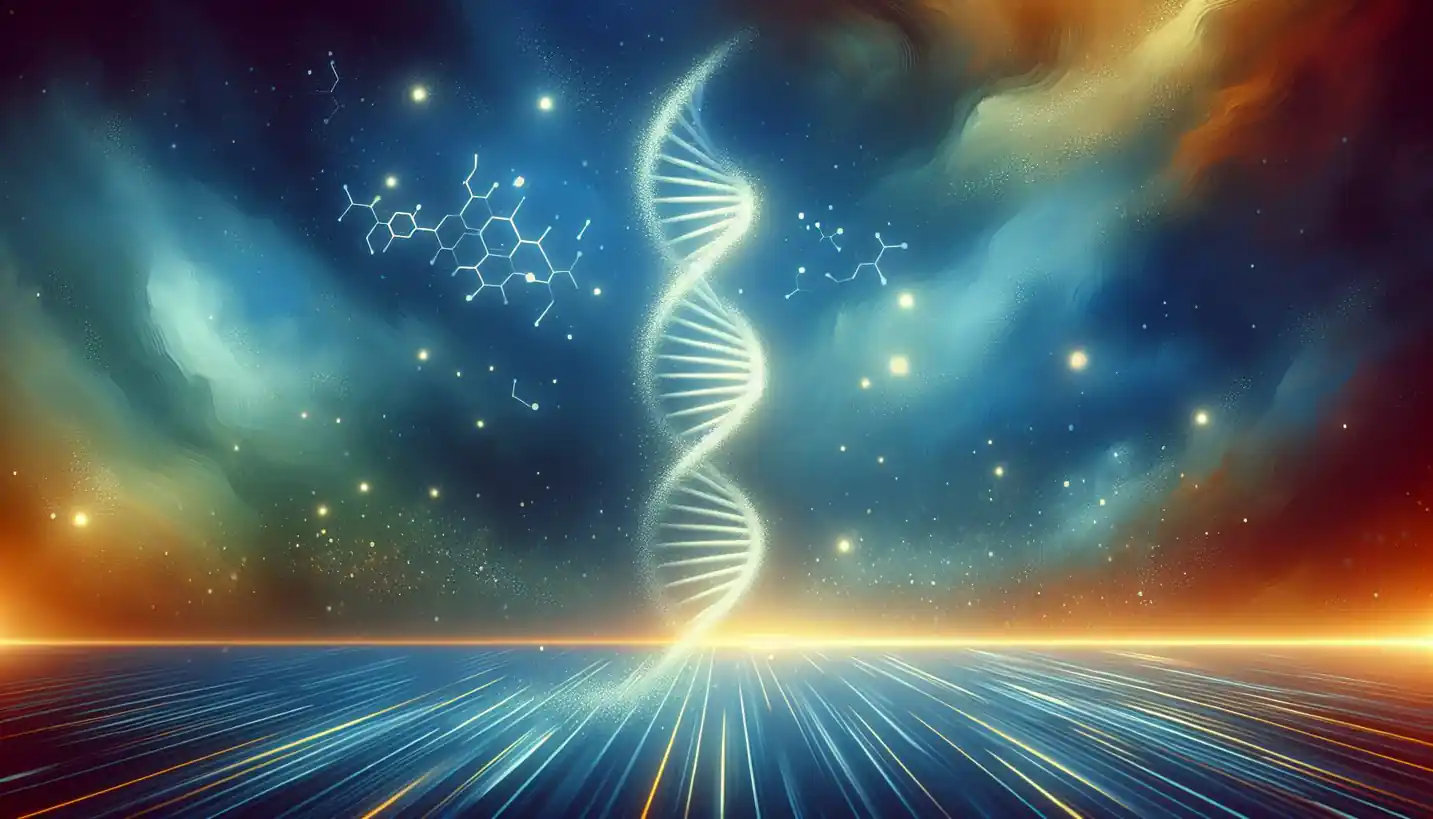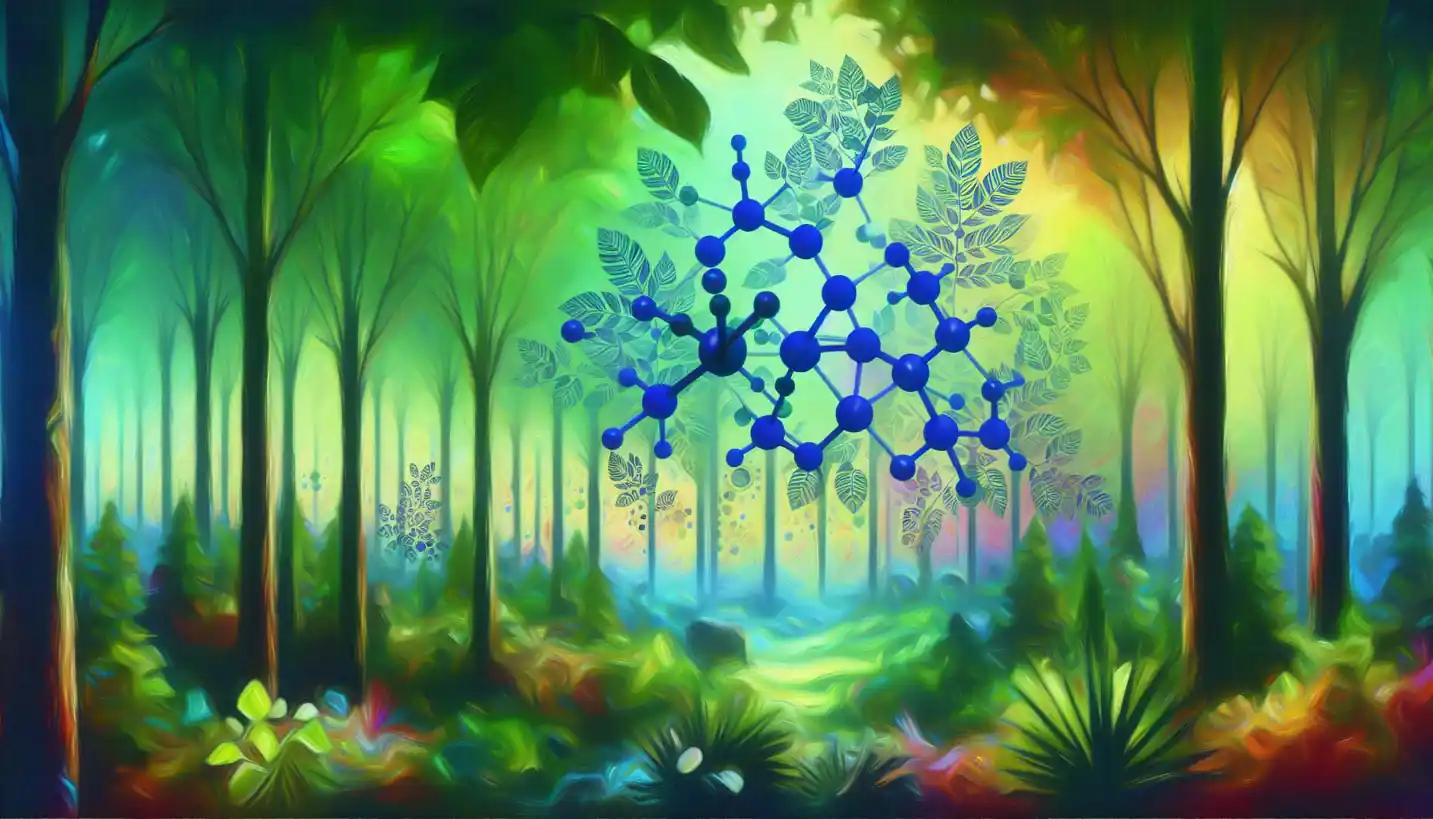· Chemistry · 4 min read
Environmental Impact of Green Chemistry: Shaping a Sustainable Future
The environmental impact of green chemistry is shaping our sustainable future, emphasizing the reduction of pollution. These practices are crucial in rethinking how chemical processes interact with the environment.

Nowadays, we see the impact humans have on the environment everywhere, from climate change to pollution. In the world of chemistry, a newer approach called green chemistry is making waves by focusing on reducing the negative impact on our planet. It’s like giving chemistry a green thumb!
What is Green Chemistry?
Green chemistry, sometimes known as sustainable chemistry, isn’t just any kind of chemistry. It’s a way of designing chemical products and processes that reduce or eliminate the use and generation of hazardous substances. Imagine cooking a meal without creating any waste—that’s the essence of green chemistry.
The Importance of Green Chemistry
As we face global challenges like resource depletion and pollution, green chemistry offers solutions that are both innovative and essential. Traditional chemical processes often involve materials that are harmful to the environment and human health. By making chemistry “greener,” we aim to keep our planet healthier.
Green chemistry supports sustainable development and can help industries save money by using less energy, reducing waste, and finding alternative raw materials. It’s essentially a win-win for business and the planet.
Story of a Green Chemistry Pioneer
One of the notable figures in green chemistry is Paul Anastas. Often called the “Father of Green Chemistry,” Anastas envisioned a way to make chemistry safer and more sustainable. His work alongside John Warner led to the creation of the 12 Principles of Green Chemistry, which guide chemists in creating environmentally friendly products and processes.
The 12 Principles of Green Chemistry
These principles act like a rulebook for reducing waste, avoiding the use of toxic substances, and designing products that can decompose faster and more safely. Think of it as having a recipe for making delicious, eco-friendly meals that everyone can enjoy without leaving a mess!
Designing Safer Chemicals
One principle focuses on designing chemicals that are effective yet non-toxic. Imagine creating a cleaner that cleans powerfully but is as harmless as water to living organisms.
Renewable Resources
Another principle highlights using renewable resources instead of depleting non-renewable ones. It’s like preferring solar energy over burning fossil fuels; renewable resources replenish naturally and are often less harmful to the environment.
Reducing Waste
Green chemistry also emphasizes minimizing waste. By carefully planning and executing chemical reactions, chemists aim to produce fewer by-products that might end up in landfills.
Real-Life Examples of Green Chemistry
Biodegradable Plastics
Plastic is everywhere and its impact on the environment is massive. Green chemistry has pioneered the development of biodegradable plastics, which break down faster and reduce the burden on our landfills and oceans.
Water-Based Paints
Traditional paints often release volatile organic compounds (VOCs), which are harmful to both health and the environment. Green chemistry has introduced water-based paints that leave behind fewer toxins and are safer to use.
Pharmaceutical Manufacturing
In the world of pharmaceuticals, green chemistry has reduced the amount of harmful waste generated during drug manufacturing. It’s like creating the same effective medicine but without the toxic trail.
Challenges and Future Directions
While green chemistry has made substantial progress, several challenges still exist. One challenge is the transition from traditional chemical processes to greener methods. It requires changes in infrastructure, education, and policy, which can take time and resources.
Another challenge is cost. While green methods can save money in the long run, initial investments may deter some companies. However, as technology advances, these costs are expected to become more feasible.
But where do we go from here? Green chemistry is not just a trend; it’s the future. By incorporating more sustainable practices into everyday life and industrial processes, we can reduce environmental impact and secure a healthier planet for future generations.
How Can You Contribute?
You might wonder how you can be a part of this green chemistry movement. By staying informed and supporting companies and products that embrace sustainable practices, you’re making a difference. Whether it’s choosing biodegradable products or advocating for environmental policies, every little action counts.
Education and Awareness
Educating others about green chemistry can spark interest and lead to greater collective action. Imagine a world where everyone is actively engaged in making sustainable choices!
Advocacy
Advocating for policies that support sustainable practices in industries and education systems is another way to contribute. By pushing for change, you help create an environment where green chemistry can thrive.
Final Thoughts
Green chemistry is not about restricting us but about freeing up better, safer, and more sustainable paths forward. It’s a guiding star in the quest for a better balance between industrial progress and environmental stewardship.
By understanding and embracing green chemistry, we open the door to a cleaner, more sustainable future. This transformation not only affects the chemical industry but also impacts all layers of our society. By working together, we can create a world where industry and ecology coexist harmoniously.



